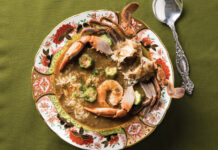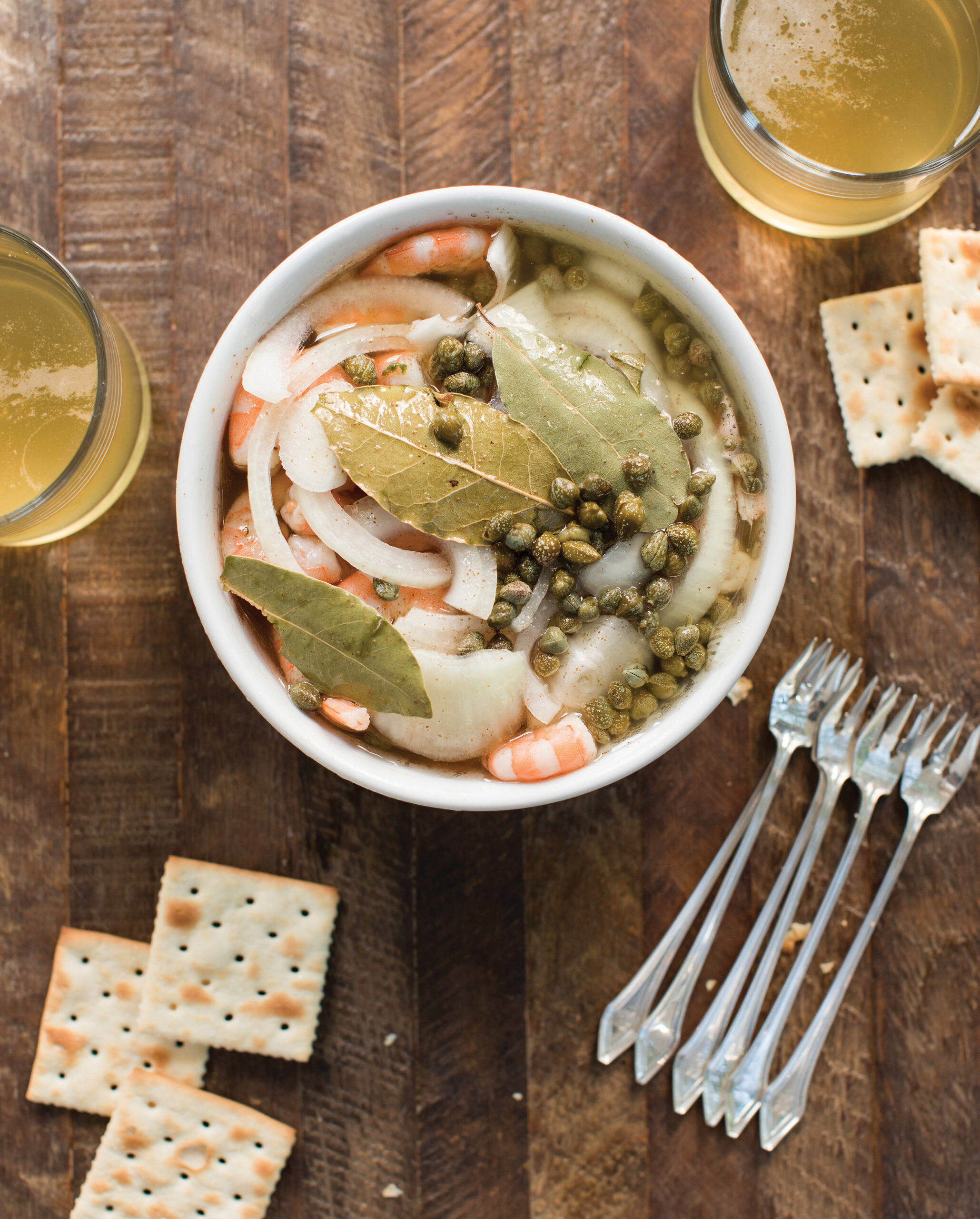
He sits at a picnic table at Five Rivers Delta Center, at ease in the outdoors. “I was born and raised in south Florida,” Jim Stenson recalls, his silver hair blowing in the light spring breeze. “I graduated from Florida State University. I spent a lot of time in the Everglades. It has changed since my younger days; so much of it is disappearing. Now we’ve got Burmese pythons and other invasive species.”
Stenson recalls his early days as an outdoor adventure guide. “I got into this by accident. I discovered a tackle shop in Mobile called McCoy Outdoors and they hired me. Then, two weeks before Christmas, I asked the owner, ‘Why don’t you book trips?’” The tackle shop owner jumped at the idea.
“The first lodge I booked was Crocodile Bay Lodge in Costa Rica,” he says. “The fishing was phenomenal and everybody talked about it. So people were buying from McCoy and booking guided trips with me.” His first commission came from Crocodile Bay in Costa Rica. “Then I began booking trips with Deepwater Cay (Bahamas).”
There, he says, “I started my own company, Sweet Waters Adventure. Now I represent or work with about 135 different lodges all over the world.” He smiles as he describes his business, a premier destination travel company specializing in fly-fishing and wing shooting across North and South America. “We offer exceptional trips that span from the Arctic Circle to Tierra del Fuego, covering the northern extremes of the Arctic and the western reaches of the Aleutian Islands,” he says. Additionally, we provide access to some of the finest lodges in the Caribbean and Central America.”
He becomes suddenly serious. “When COVID hit, all this came to an end. Now, COVID’s over, and everything costs more, so the lodges need to recoup their losses.”

Stenson has faced a myriad of challenges in his guide service. “The majority of customers want to travel but they can’t deal with physical discomfort,” he explains. “Then there are other groups that will do anything, put up with any circumstances and any discomfort. Sometimes I have to think of the group and make sure they won’t drown or otherwise get killed. Many of these trips prove to be quite challenging, and activities like fishing for big tarpon is not for the faint of heart.”
Locally, Stenson says that one of the biggest challenges for him is Mobile Bay. “The complexities of Mobile Bay are so many,” he says, as he pores over his wide array of fishing flies on the table. “You have four different seasons. The water coming in is salty, but then you have freshwater pouring into the Bay. Freshwater fish migrate depending on the salinity of the Bay, and it changes every season.
“If it’s raining and bass are what you’re trying to catch, then Mobile Bay isn’t dependable. The time of year changes the Bay, and you’ve got to know the Delta itself. The fish migrate and we’ll have shrimp or freshwater fish like bass come to feed on the shrimp. But Mobile Bay is still a great fishery; it’s got some of the best flounder fishing anywhere.”
His gaze takes in the waters around the Delta Center. “The moments I get to fish in the Mobile Delta watershed are invaluable,” he says. “It’s important to understand that the Mobile Delta is too vast for anyone to say they fully understand it. I’ve met many local fishermen who have dedicated their lives to fishing in the Delta yet still struggle to grasp the complexities of its fisheries.
“Some could argue that Mobile Bay and its surrounding barrier islands are among the most productive fisheries in the Gulf of Mexico. The variety of species that travel north in the spring can be truly staggering. The presence of tarpon, cobia and other species such as kingfish, supports a diverse array of smaller fish.”

He brings out some of his other fishing paraphernalia — creel, line, flies, reels, fly-tying materials — and holds out one of his favorite fly-fishing rods. “This one’s meat in the pot,” he says with a broad grin.
He reminisces about his childhood, growing up on the water. “I grew up on piers and around a lot of older fishermen,” he says. “My parents divorced when I was about 7 and they said, ‘You can do anything as long as you don’t bring the police knocking on the door.’” Apparently, that never happened, so he lived a relatively freewheeling young life.
In his later years — late teens, perhaps — he had his first fly-fishing experience, trying to catch a sailfish. “We were in heavy, rough seas,” he recalls. “My heart was beating with immense anticipation but somewhat of a lack of adherence to a proper meter, rather like a drummer bereft of rhythm. The excitement of testing myself against a worthy new opponent churned up my stomach. Still, there are those rare times when the body screams for adrenaline, and your glands atop the kidneys overzealously comply.”
When he cast for the large fish, things did not go well. Stenson recalls, “I doubled-hauled a few times and let the enormous fly go.” With the wind, the tide, the pitch and the roll, it was everything he could do to stay on his feet. He maintains that he could have cast much better if the conditions were more favorable. “Seconds later, I set the hook and the game was afoot,” he says. “More seconds later, I found myself with little hope of stopping the fish. It reached for the sky a few times, greyhounded across the surface, then sounded for the abyss.” Minutes in, their boat climbed up “a massive swell,” he remembers. “The bow reached almost entirely out of the water. When it came crashing down, the backside of the wave forced the transom to rise from the depths. We could hear the props spinning right before we heard my Thomas and Thomas 13-weight fly rod shatter and explode. Seconds later, the 60-pound leader went out with a whimper. The captain crossed himself like a good Catholic and said, ‘Ay que mierda, mejor ya!’”
Stenson smiled at the memory. “Roughly translated,” he says, “it means, ‘holy s***, it’s time we went in.’” He says, “I looked at the shattered rod and my fly line blowing in the wind, and thought, ‘Why do we have to go in? I have two more rods left!’”
Stenson says, as perfect as his life seems, he has one malady from which many anglers suffer: “It’s more commonly referred to as hoarding or collecting (though I prefer the term ‘acquiring’), and it has led to the financial ruin of many fishermen throughout history.” He chuckles and adds, “It’s manageable.”

Excerpt from “South Florida’s Fishing Paradise” by Jim Stenson
“The locals called us pier rats because we were always there, day or night, running up and down the pier in shorts or swim trunks. When the temperatures occasionally dropped into the low 60s in the winter, we slipped into old worn-out T-shirts. You know the ones I’m talking about — the ones your mother always wanted to trash but rarely had the heart to do so, much less tell you about it if she did. We lived in blown-out flip flops held together by duct tape and faded Miami Dolphins baseball hats. We thrived on cheeseburgers and hot dogs, plus the occasional milkshake.”






